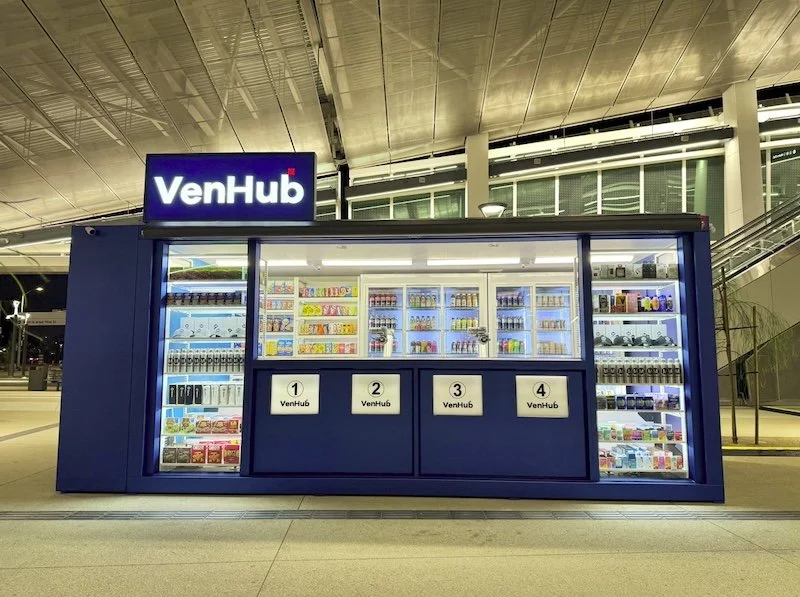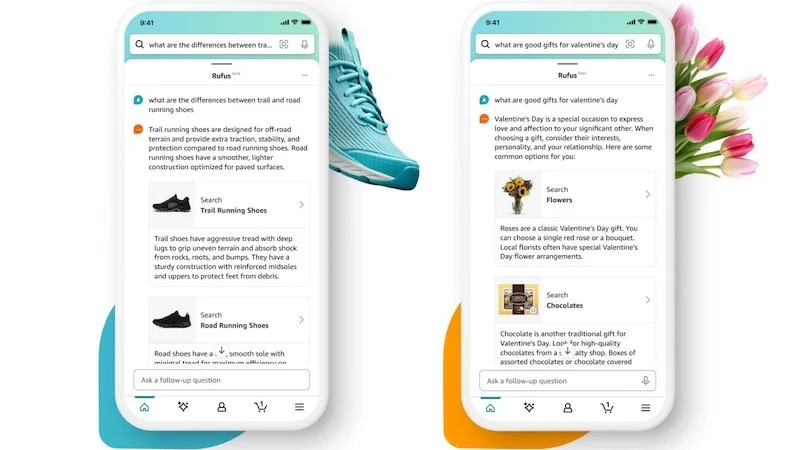Removing friction from retail: four technologies retailers should consider
By Tom Chittenden, Vice President and General Manager, NCR Retail Solutions
In the retail industry, customer experience is inextricably tied to the use of technology: According to a new Boomtown report, 46% of customers said that a positive retail experience is due to good technology.
By the same token, negative experiences resulting from poor technology can lead to the loss of brand confidence, loyalty, and ultimately, revenues. More than half the of consumers surveyed in the report said that a negative technology experience translated to filing an official complaint with the retailer.
To help mitigate this friction in the retail experience, a 2017 Gartner survey revealed that 84% of organisations are expected to increase investments in technology to help improve customer experience. But retailers need to make sure they are innovating and “digitally transforming” in the right way. Here are the top tech trends for retailers to consider as they work to enhance and improve their customers’ experiences with their brands:
1) AI and machine learning
Artificial Intelligence (AI) is one of the biggest trends in the entire technology industry right now. Among the many facets and benefits it offers, machine learning is arguably the most exciting as it relates to customer service. By learning from and building upon previous data, AI enables a smarter and more efficient service to customers.
For example, this technology can answer customer FAQs, freeing up time for employees to deal with more complex enquiries, and resulting in much less wait time for anyone with questions or issues. AI technology throughout different points of the customer journey helps to create a connected experience across each touchpoint – from the first advert to the self-checkout. But AI does not stop when the transaction is complete. It can help brands stay in touch with their customers once they have made their purchase and fosters a continuous relationship, by offering individualised support for products, recommendations on future purchases, and more.
2) Hyper-personalisation with smart data
Customers’ expectations for unique and relevant shopping experiences is nothing new, and many retailers already have the Big Data they need to work with. But the key to creating a hyper-personalised experience and delivering customised content when and where it matters lies in how they turn that data into impactful solutions, such as intelligent offer management and proximity marketing.
Data enables retailers to direct customers to the products or services most relevant to their needs and preferences, make data-backed recommendations, and educate them about products they previously had not considered or known about. This creates a more memorable experience for the customer and builds a more one-to-one relationship between customer and brand.
3) Self-service
The check-out is a crucial part of the customer journey, and retailers have an opportunity to make a positive last impression by making this as easy and seamless as possible. And many customers perceive self-service to be better service – a report by SOTI found that the majority of people prefer to forego human interaction at the checkout. Self-checkout solutions need to cater to these kinds of changing customer expectations and behaviours, allowing them to shop in their preferred way.
For instance, the ways customers pay for goods and services are constantly evolving; contactless payments have now taken over cash payments in the UK. Furthermore, smart machines can minimise delays for “unexpected items in the bagging area” or age verification process, continuously collecting data to help retailers optimise the customer experience further.
4) Chatbots
The days of stock responses and blatantly robotic chatbots are gone. Not only are they much more advanced in their capabilities, but they are also more human, with the added nuances of language and sentiment in their speech.
The use of data and AI allow chatbots to be much more efficient and productive, particularly with simple or common queries. With their ability to multi-task and quickly respond, chatbots can minimise the time customers spend waiting on hold. And if a query is more complex, chatbots can escalate and direct customers to the right person.
With the rise of natural language processing and the proliferation of voice-activated devices like Siri and Alexa, it might not be long until chatbot interactions become verbal conversations. This enables retailers to have more meaningful, two-way communication with customers in a very natural way, wherever they may be.
While it’s true that retail and technology are forever intertwined, it’s also important to remember to keep the evaluation and decision-making process when it comes to new technologies customer centric. Understanding the best ways to leverage these types of technologies, and how they best align with business objectives, is critical to making the right investments that will help reduce friction across the entire shopping journey and foster lasting customer relationships.










Continue reading…